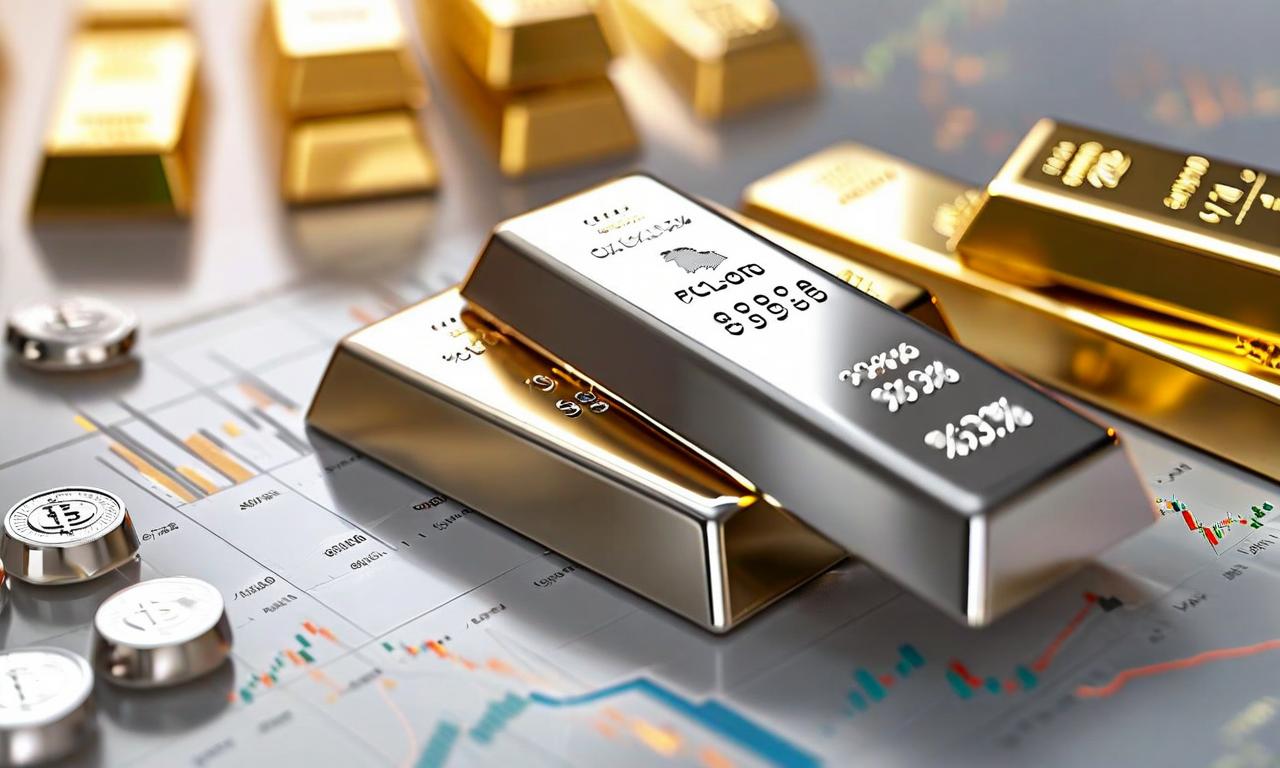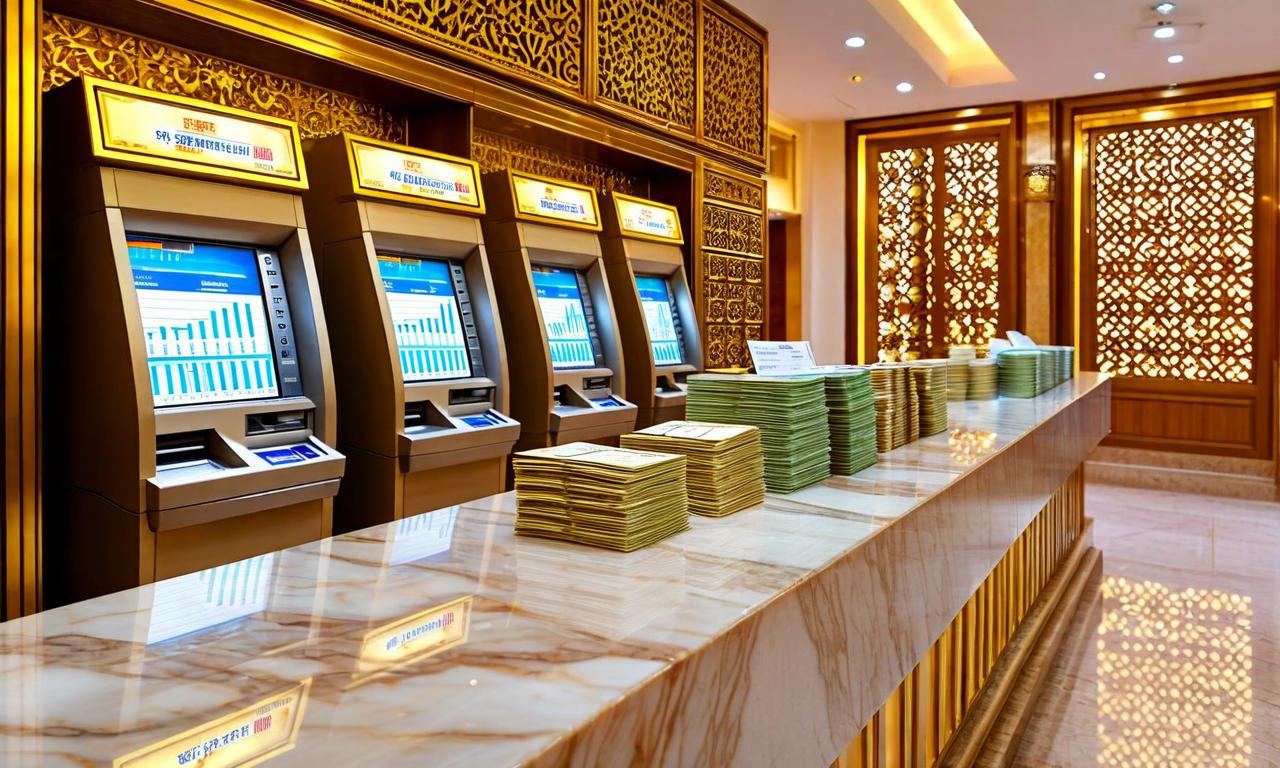Platinum's Historic Discount to Gold and Silver Signals Potential Investment Opportunity
Platinum is currently trading at unprecedented discounts compared to gold and silver, with platinum-to-gold ratio at a record low of 0.27 and platinum-to-silver ratio down to ~30 from 150. Despite this, platinum has shown strong year-to-date gains of over 65%, outperforming both gold and silver. Technical analysis suggests potential price reversal patterns. The market is influenced by supply constraints from major producers South Africa and Russia, and increasing demand for industrial applications in hydrogen fuel cells and green energy technologies. However, platinum remains cyclical and tied to industrial demand, presenting risks related to global growth slowdowns and the adoption of electric vehicles.

*this image is generated using AI for illustrative purposes only.
Platinum, a precious metal known for its industrial applications and jewelry use, is currently trading at unprecedented discounts compared to its counterparts, gold and silver. This situation has caught the attention of investors and market analysts, potentially signaling an investment opportunity in the platinum market.
Record-Low Ratios
The platinum market is experiencing a significant shift in its relationship with other precious metals:
| Ratio | Current Value | Historical Context |
|---|---|---|
| Platinum-to-Gold | 0.27 | Record low |
| Platinum-to-Silver | ~30 | Down from 150 |
These ratios indicate that platinum is currently undervalued compared to both gold and silver, a situation that has developed after a decade of underperformance in the platinum market.
Price Performance and Technical Analysis
Despite its undervaluation, platinum has shown strong performance in recent times:
| Metal | Year-to-Date Gain |
|---|---|
| Platinum | Over 65% |
| Gold | 42% |
| Silver | 55% |
However, it's important to note that platinum is still trading approximately 35% below its all-time high of $2,300 per ounce.
Technical analysis of platinum's price charts reveals potential reversal patterns, including:
- An inverse head-and-shoulders formation
- Falling wedge patterns
These patterns often suggest the possibility of a price trend reversal, which could be bullish for platinum.
Supply and Demand Dynamics
The platinum market is influenced by several factors:
Supply Constraints
- Major producers: South Africa and Russia
- Potential geopolitical and production issues could affect supply
Increasing Demand
- Growing industrial applications in hydrogen fuel cells
- Expanding use in green energy technologies
Risks
- Platinum remains more cyclical than gold
- Tied to industrial demand
- Potential global growth slowdowns could impact demand
- Rapid adoption of electric vehicles may affect demand for catalytic converters
Investment Considerations
While the current market dynamics present an interesting case for platinum investment, it's crucial for investors to consider their risk tolerance and conduct thorough research. The cyclical nature of platinum and its ties to industrial demand make it more volatile than gold, which is often seen as a safe-haven asset.
Investors should weigh the potential upside of platinum's current discount against the risks associated with economic slowdowns and changing industrial demands. As always, diversification and consultation with a financial advisor are recommended when considering any investment strategy.
Conclusion
The historic discounts at which platinum is trading relative to gold and silver, combined with its recent outperformance and potential technical reversal patterns, have brought platinum into the spotlight for investors. While opportunities may exist, careful consideration of market dynamics and associated risks is essential before making any investment decisions in the precious metals market.

























